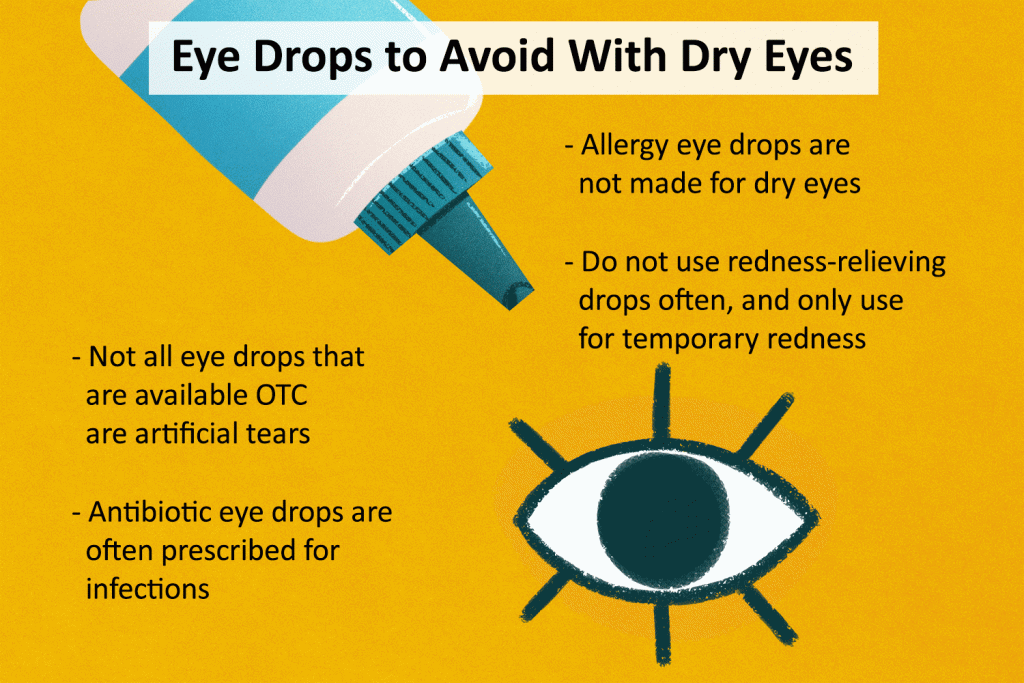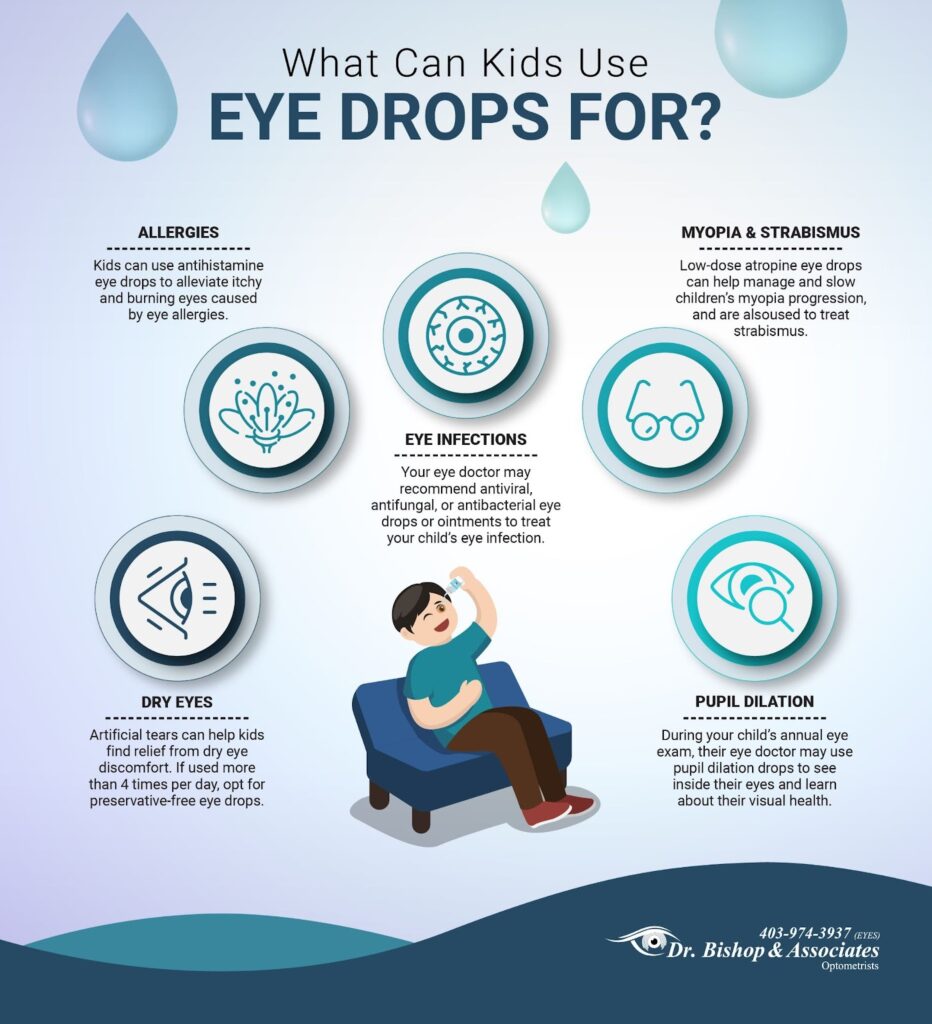Eye drops are a common solution for various eye-related issues, from dryness to allergies. While they can provide significant relief, there are also potential risks associated with their use. This article explores the types of eye drops, their benefits, potential side effects, and guidelines for safe usage to ensure your eye health remains a priority.
Types of Eye Drops
1. Artificial Tears
Artificial tears are designed to lubricate the eyes and provide relief from dryness. They are often recommended for those who spend long hours in front of screens or suffer from dry eye syndrome.
2. Allergy Drops
These eye drops contain antihistamines or mast cell stabilizers that help relieve allergic reactions, such as itching and redness caused by pollen, dust, or pet dander.
3. Redness Relievers
Also known as vasoconstrictor drops, these are used to reduce redness in the eyes. They work by narrowing blood vessels in the eye, providing a quick cosmetic solution.
4. Prescription Drops
Prescription eye drops may be used to treat specific conditions, such as glaucoma or severe infections. These drops are often more potent and may have a higher risk of side effects.
Benefits of Using Eye Drops
Relief from Discomfort
Eye drops can effectively alleviate symptoms of dryness, irritation, and allergies. For many people, they offer quick and convenient relief.
Improved Vision
In some cases, using eye drops can help improve vision by reducing blurriness caused by dryness or irritation.
Treatment for Conditions
Prescription eye drops can effectively manage chronic conditions like glaucoma or infections, helping to maintain overall eye health.
Potential Side Effects of Eye Drops
While eye drops can be beneficial, they can also lead to complications if used improperly or excessively. Here are some common side effects associated with eye drops:
1. Temporary Burning or Stinging
Many eye drops can cause a brief burning or stinging sensation upon application. This is usually temporary but can be uncomfortable.
2. Allergic Reactions
Some individuals may experience allergic reactions to certain ingredients in eye drops. Symptoms can include redness, itching, and swelling.
3. Increased Eye Pressure
Long-term use of certain eye drops, especially those for redness relief, can lead to increased intraocular pressure. This is particularly concerning for individuals with glaucoma.
4. Dependency Issues
Overusing redness-relief drops can lead to a rebound effect, where the eyes become redder once the drops are stopped. This can create a cycle of dependency on the drops for relief.
5. Dryness and Irritation
Ironically, excessive use of artificial tears can lead to increased dryness and irritation. This can happen if the drops contain preservatives that irritate the eyes over time.

Guidelines for Safe Use of Eye Drops
To minimize the risk of complications and ensure you get the most benefit from eye drops, follow these guidelines:
1. Follow Instructions
Always read and follow the instructions provided with the eye drops. This includes dosage recommendations and how to apply them properly.
2. Wash Your Hands
Before applying eye drops, wash your hands thoroughly to prevent introducing bacteria or irritants into your eyes.
3. Avoid Touching the Dropper
Keep the dropper tip away from your eyes, fingers, or any surfaces to prevent contamination. Touching the dropper can introduce bacteria, leading to infections.
4. Use Preservative-Free Options
If you need to use eye drops frequently, consider preservative-free options. These are less likely to cause irritation and are better for long-term use.
5. Limit Use of Redness Relievers
Be cautious with redness-relieving drops. Use them sparingly, as frequent use can lead to dependency and worsen redness over time.
6. Consult a Professional
If you experience persistent symptoms or side effects from eye drops, consult an eye care professional. They can recommend the best treatment options for your specific needs.

When to Seek Medical Attention
Persistent Symptoms
If your symptoms persist despite using eye drops, it’s crucial to see an eye care professional. Conditions like dry eye syndrome, allergies, or infections may require different treatments.
Severe Reactions
Seek immediate medical attention if you experience severe allergic reactions, such as swelling of the face, difficulty breathing, or severe pain in the eyes.
Changes in Vision
If you notice sudden changes in your vision or increased sensitivity to light, consult a doctor right away. These can be signs of more serious conditions that need prompt attention.
Conclusion
Eye drops can be a valuable tool for managing various eye conditions and discomforts. However, they are not without risks. Understanding the types of eye drops, their potential side effects, and safe usage practices is essential for maintaining good eye health.
By following the guidelines outlined in this article and consulting with eye care professionals when necessary, you can effectively use eye drops while minimizing the risk of complications. Your eyes are precious, so taking proactive steps to care for them is always worthwhile.
